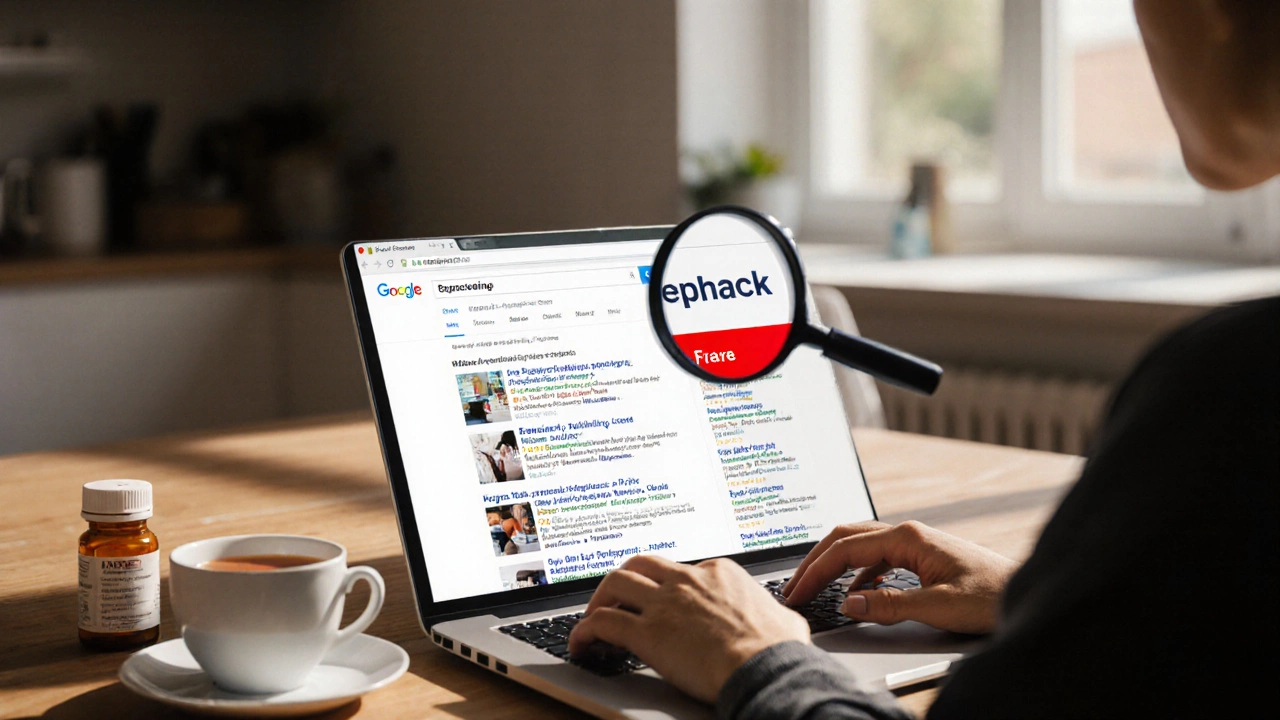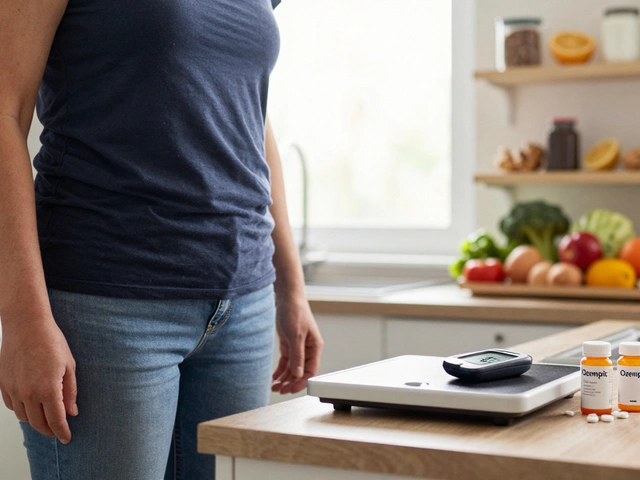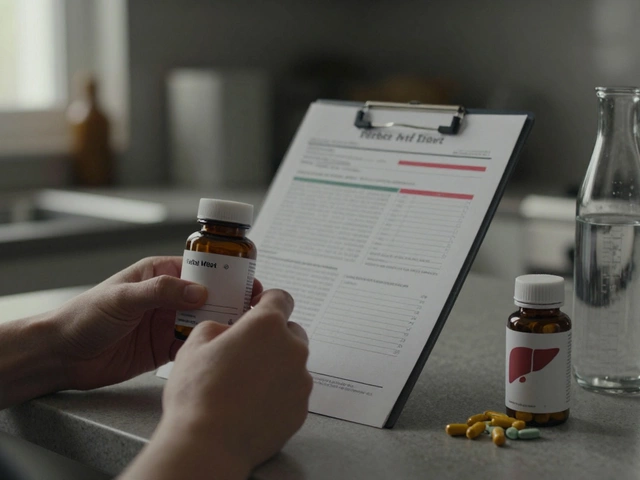Safe Pharmacy: Your Practical Guide to Getting Medicines Right
When you think about Safe Pharmacy, the practice of obtaining medicines from reliable, regulated sources that protect your health, you instantly link it to a handful of key ideas. Mail‑order Pharmacy, a service that ships prescriptions to your door, often via the internet is one of the most common ways people interact with the concept, but it also introduces specific hazards. Medication Safety, the set of checks that ensure each drug is authentic, correctly labeled, and appropriate for the patient forms the core of any safe pharmacy system. Herbal Supplements, plant‑based products sold for health benefits, often fall outside strict drug oversight, so they need extra scrutiny. Finally, Pharmacy Regulations, laws and standards that govern how medicines are manufactured, stored, and dispensed shape the entire ecosystem. In short, safe pharmacy encompasses medication safety, it requires a regulated supply chain, and pharmacy regulations influence what reaches your doorstep. Understanding how these pieces fit together helps you avoid counterfeit pills, dosage errors, and harmful interactions before they become a problem.
So, how do you put this knowledge into action? First, treat any mail‑order pharmacy like a storefront you’d walk into: look for a valid license, check for accreditation stamps such as NABP or ISO, and read reviews that mention timely delivery and accurate prescriptions. When you receive a box, verify the medication’s name, strength, and expiration date against the label on the prescription – a simple cross‑check can catch a mix‑up early. For herbal supplements, ask your pharmacist if the product has been third‑party tested; many reputable brands publish a Certificate of Analysis that proves the herb’s purity and potency. Keep an eye on medication safety alerts from agencies like the CDSCO in India or the FDA elsewhere; they often issue warnings about specific batches or counterfeit trends. Finally, stay aware of pharmacy regulations that affect online sales – for example, some regions prohibit the shipment of controlled substances without a face‑to‑face consultation. By following these steps, you create a personal safety net that turns the abstract idea of a safe pharmacy into a daily habit you can trust.
Why Safe Pharmacy Matters for Everyone
Even if you’re not a medical professional, the quality of the medicines you take shapes your overall well‑being. A single bad pill can trigger an allergic reaction, worsen a chronic condition, or waste weeks of treatment. That’s why the safe pharmacy concept matters to students, busy parents, seniors, and anyone who orders pills from a screen. The articles below dive deeper into each of the related entities we mentioned: they compare state‑by‑state doctor quality for medical tourists, explain how to spot psychological red flags, and break down the latest herbal brand reviews. You’ll find practical checklists for evaluating mail‑order services, step‑by‑step guides on managing medication side effects, and clear explanations of how regulatory changes impact what you can buy online. With this foundation, you’ll be ready to navigate the pharmacy landscape confidently and keep your health on track. Browse the collection and pick the pieces that match your current questions – each post adds a layer to the safe pharmacy puzzle.






